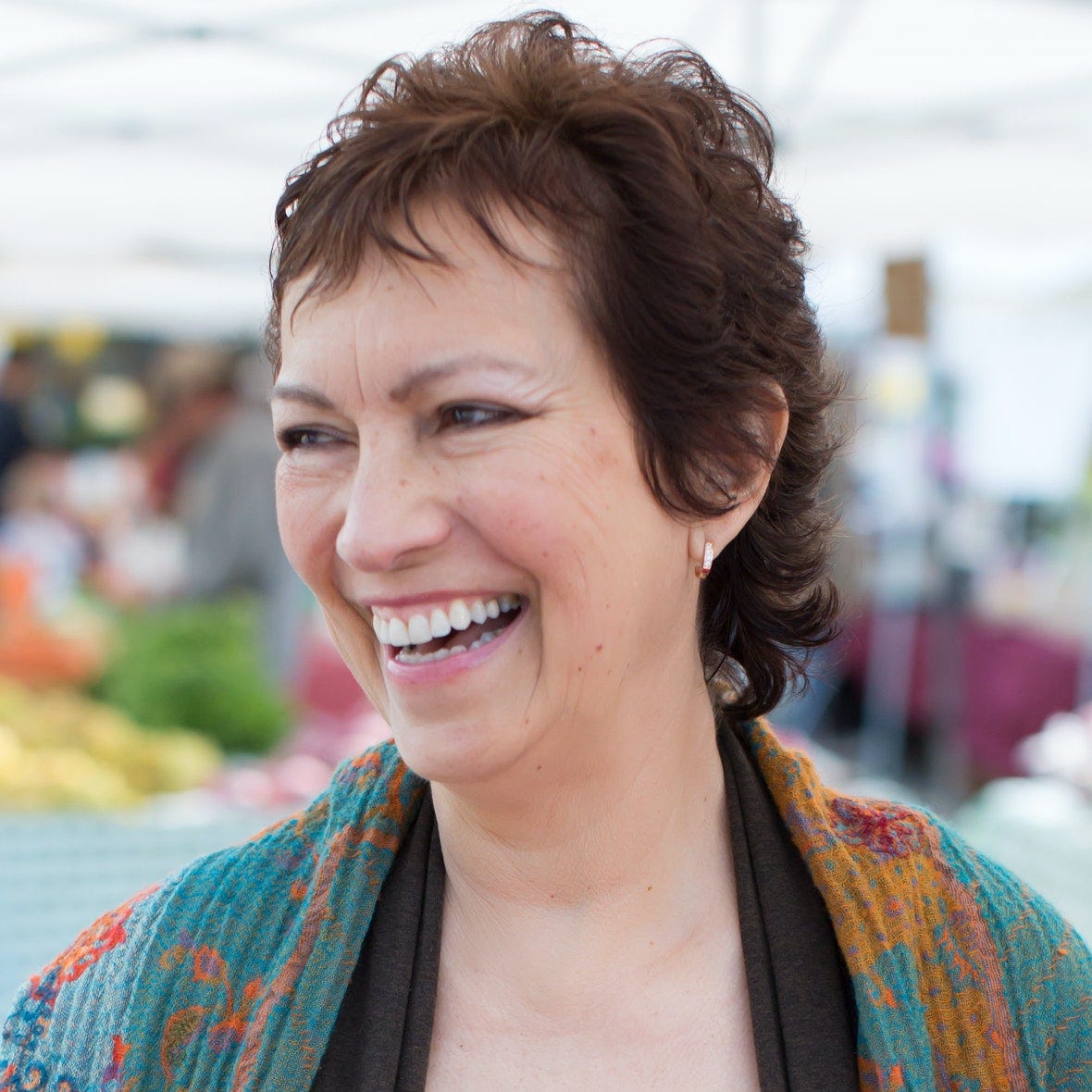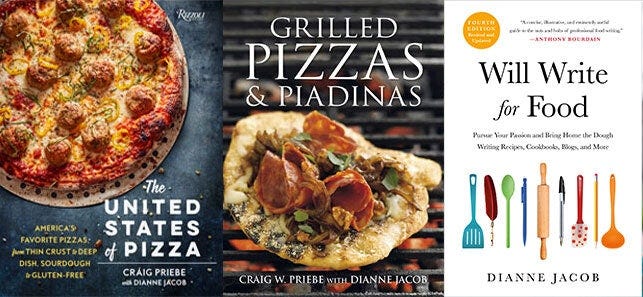Preserving My Family's Food Culture
There's no simple answer to the complexities of food history

In last month’s newsletter, How a People’s Food Culture Disappears, I wrote about my family’s Iraqi-Jewish foods and that I thought The New York Times mis-identified one of our dishes’ origins in a recipe.
I felt called to delve into my food heritage because I miss my elders. An entire generation has passed away. All that’s left are a few cousins in their 80s and 90s. Gone with the older generation are their Shanghai community, their synagogues, their memories, their stories, and their foods.
As a result, I got amped up when The New York Times called Sabich Bowls, a dish my family made with Iraqi-Jewish origins, “Middle Eastern.” I complained, and they changed it to “Israeli,” which I didn’t like either. Thanks for all the support in the comments of my last newsletter.
After I wrote about it, Inbal Baum contacted me. She is an Israeli food expert and founder of Delicious Israel, a food tour company. She said that yes, the eggplant and egg in sabich are Iraqi-Jewish, but an Iraqi-Jewish bus driver in Israel put them in a pita, added Israeli salad and tahini, and sold it as a street food named after him.
So sabich is both Iraqi-Jewish and Israeli. New York Times editor Sam Sifton was not wrong, and neither was I. The recipe, Sabich Bowls, calls for za’atar (Palestinian) and soy sauce (Chinese), which do not appear in the Israeli sandwich. Nor does it call for amba, the Iraqi-Jewish condiment that is a beloved part of the sandwich. (People complained in The New York Times recipe’s comments!)
I’ve decided the Sabitch Bowl recipe uses creative license, which is fine. It is clearly not “authentic,” a term we should not use to describe food anyway.
What I’m Eating:
This cake made me nostalgic for my mother and auntie. Click on the image to read more.
Classes and Consults
My Jumpstart Your Cookbook Proposal class sold out weeks before it began on April 16. Thank you!
Private Consults
Through a partner, Delicious Experiences
One-hour consult: $250
For years I've had a five-hour minimum for consulting. But now you can book a Zoom consult for just 1 hour or more. If you’ve wanted to start your cookbook, get your book published, or get better freelance assignments, let’s move you forward. I’ve talked with writers at all levels about a variety of food-writing topics.
What I'm Reading:
Raghavan Iyer, 61, Dies; Made Indian Cooking Accessible Across America. (Unlocked New York Times article.) I’m still sad. My condolences to you if you also knew him.
The Best Food Podcasts of 2023, According to BA Editors. Interviews, cooking shows, myth dissection, global issues, and Ina.
Meet MFK Fisher, Who Changed the Way We Write About Food. She popularized writing about love and life through food.
A banquet of Spain’s top cookbooks. Chef books and more.
So You Want to be a Food Historian. Sarah Wassberg Johnson lays it out.
Mimi Sheraton, Innovative New York Times Food Critic, Dies at 97. She was the first woman to become a restaurant critic at the paper, and also wrote many cookbooks. For more on this remarkable woman, read Remembering Mimi Sheraton’s Writing and Cooking. (Both articles are unlocked from The New York Times.)
Gut Feelings. The pains and joys of eating as a restaurant critic, and a tribute to The New York Times critic Mimi Sheraton. It includes an interview with her at age 96!
On the Edna Lewis Menu Trail, a toast to an iconic chef and her hometown. The Washington Post takes a tourism trail to connect with the iconic chef and cookbook author. (Unlocked.)
Emily Meggett, Matriarch of Gullah Geechee Cuisine, Is Dead at 90. She wrote a bestselling cookbook in her 80s.
The Best Books on Writing—From A Writer. One of my favorites made it: Bird by Bird.
Taco Bell Quarterly and the Rebellious Poetics of Living Más. It’s an older piece but the magazine is still around. See if you want to submit. I found it in this fascinating New Yorker story: Taco Bell’s Innovation Kitchen, the Front Line in the Stunt-Food Wars.
Making P&A, pt.1: How to Write a Cookbook Proposal. All this is covered in Will Write for Food, but I thought she did a good job.
Seven Reasons for Rejection. An editor explains why a publication might pass on your story.
A Note from Our Editor. Saveur’s Kate Craddock, whom I interviewed here, has purchased the magazine! Her new titles are Editor-in-Chief and CEO.
News About Clients and Students
Chris Beckman signed a contract with UK Hurst publishers for Anchovy: A Culinary Journey Through Western Europe and the Politics of Taste. (I reviewed and edited his proposal.)
An essay by Reem Kassis appears in the new book Resilient Kitchens: American Immigrant Cooking in a Time of Crisis. (I coached her on her first cookbook proposal.)
Anna Mindess wrote For a small French town, this 15,000-egg omelet is a 50-year tradition for the Washington Post (Unlocked. Years ago, I coached Anna on freelance pitching.)
The Jewish News of Northern California published a feature article on Alison Negrin. (I worked with her on essay writing.)
Martin Sorge will appear on the Great American Baking Show that starts May 5. (He took my recent Jumpstart Your Cookbook Proposal class.)
(I like to brag about food writing accomplishments here. Send me an email: dj@diannej.com.)
Thanks for Reading
Like this newsletter? Please forward it to a few people or share on social media. It really helps! New subscribers can sign up here. Thank you.
If you enjoyed this post, please click on the little ❤️ below ⬇️.
Dianne Jacob
Editor, Writer and Coach
Email: dj@diannej.com
Website: http://diannej.com
Twitter: https://twitter.com/diannej
Facebook: https://www.facebook.com/foodwriting
Instagram: https://www.instagram.com/diannemjacob/
My Books
Will Write for Food: 2021 4th Edition
Disclosures: I am an affiliate of Food Blogger Pro, Amazon and Bookshop.org.







Love it. Thank you Majed.
Ahmed, your aunt really has 600 recipes? You will be busy for a long time. This sounds like a worthwhile project. I hope you can pare them down.